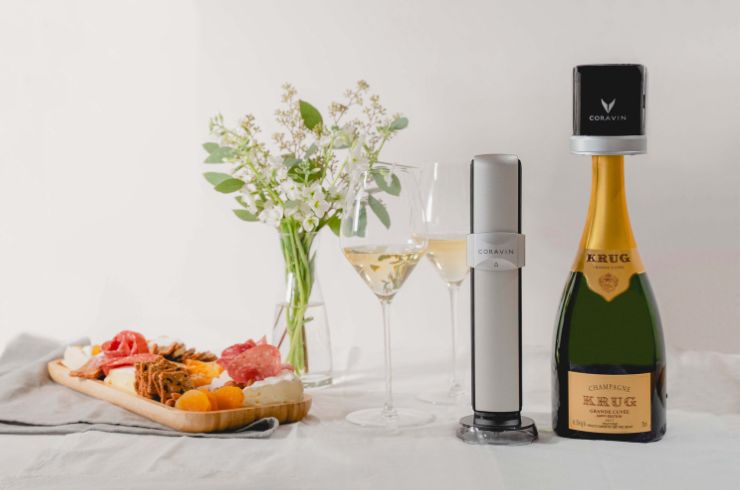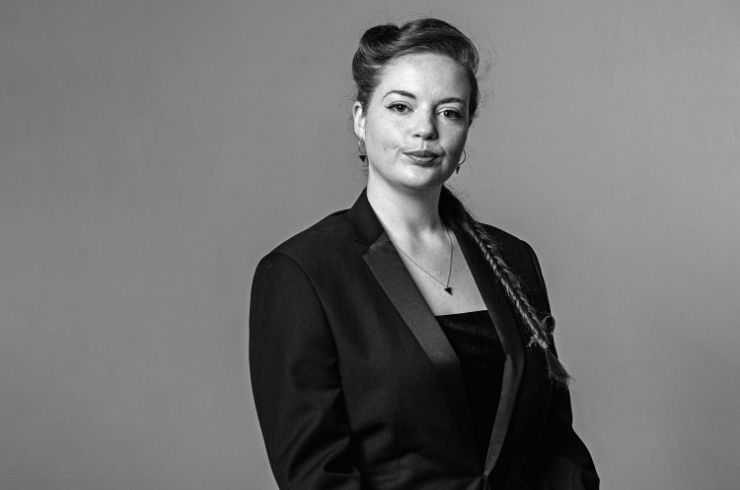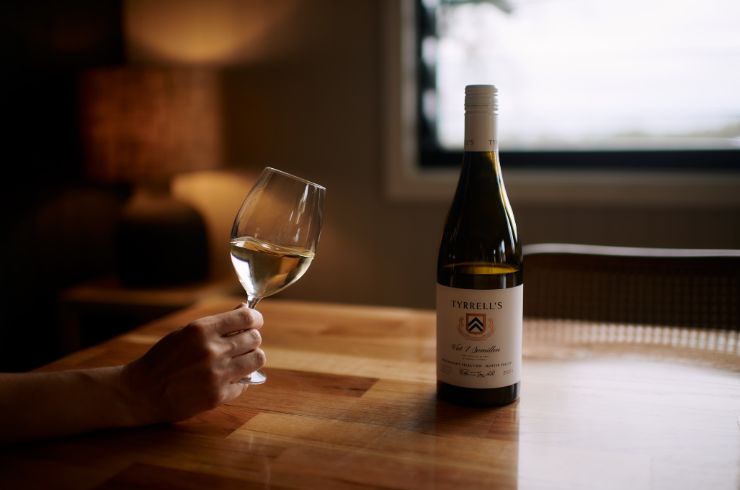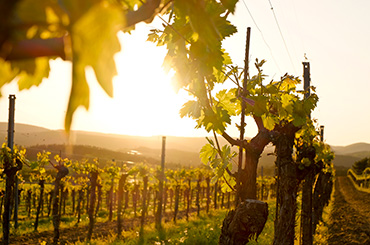In the mists of past viticultural time, vignerons had to find varieties that would ripen in the land they already owned or occupied. Limiting factors typically included spring frosts and autumn rains, and all the random weather events in between. It is generally accepted there is a seven-month growing season from October to April in the southern hemisphere and April to October in the northern hemisphere. But the heat accumulation during the seven months varies significantly from one region to the next, and, by definition, one country to the next.
A major divide between regions is those at low altitudes with no mountains between vineyards and near oceans or large lakes (maritime climates), and those at high altitudes remote from oceans (continental climates). In the former, day/night temperature differences are relatively small, and ripening continues at night. In the latter, the day/night temperature shifts are marked and ripening a stop/start affair, rapid in the daytime and slow or non-existent at night. Ten degrees Celsius is the break point in either instance. Below this, ripening ceases.
Grape varieties are grouped within bands of growing season heat accumulation – how much is needed to ripen the variety in question. Jancis Robinson MW uses four groups, the pre-eminent Australian research scientist Dr John Gladstones uses eight. Both agree riesling can flourish in a wider range than expected at first sight, but with a strong bias to the cool end of the spectrum.
From my perspective, riesling dislikes moderate maritime climates in Australia, notable examples being McLaren Vale, Margaret River and the Yarra Valley. But if the region is seriously cool – Henty in Victoria or the Coal River Valley in Tasmania – riesling produces glorious wines with racy, unsweetened lemon sherbet-like acidity.
The six wines below are intended to convince you of three things. First, the citadel of the Barossa, Clare and Eden Valleys, with 150 years of inherited knowledge, remains a source of high-quality, long-lived wines. Next, there are so many other places around the country that a large chunk of your cellar should be devoted to playing out the development of the special quality of many other regions. Thirdly, I have focused on wines that are priced way below their intrinsic value, and (thanks to screwcaps) will never let you down as the wine develops in bottle over the years.
A major divide between regions is those at low altitudes with no mountains between vineyards and near oceans or large lakes (maritime climates), and those at high altitudes remote from oceans (continental climates). In the former, day/night temperature differences are relatively small, and ripening continues at night. In the latter, the day/night temperature shifts are marked and ripening a stop/start affair, rapid in the daytime and slow or non-existent at night. Ten degrees Celsius is the break point in either instance. Below this, ripening ceases.
Grape varieties are grouped within bands of growing season heat accumulation – how much is needed to ripen the variety in question. Jancis Robinson MW uses four groups, the pre-eminent Australian research scientist Dr John Gladstones uses eight. Both agree riesling can flourish in a wider range than expected at first sight, but with a strong bias to the cool end of the spectrum.
From my perspective, riesling dislikes moderate maritime climates in Australia, notable examples being McLaren Vale, Margaret River and the Yarra Valley. But if the region is seriously cool – Henty in Victoria or the Coal River Valley in Tasmania – riesling produces glorious wines with racy, unsweetened lemon sherbet-like acidity.
The six wines below are intended to convince you of three things. First, the citadel of the Barossa, Clare and Eden Valleys, with 150 years of inherited knowledge, remains a source of high-quality, long-lived wines. Next, there are so many other places around the country that a large chunk of your cellar should be devoted to playing out the development of the special quality of many other regions. Thirdly, I have focused on wines that are priced way below their intrinsic value, and (thanks to screwcaps) will never let you down as the wine develops in bottle over the years.
Sign up to view these tasting notes and ratings
By becoming a member of Wine Companion, you'll have access to the largest database of wines in Australia.





